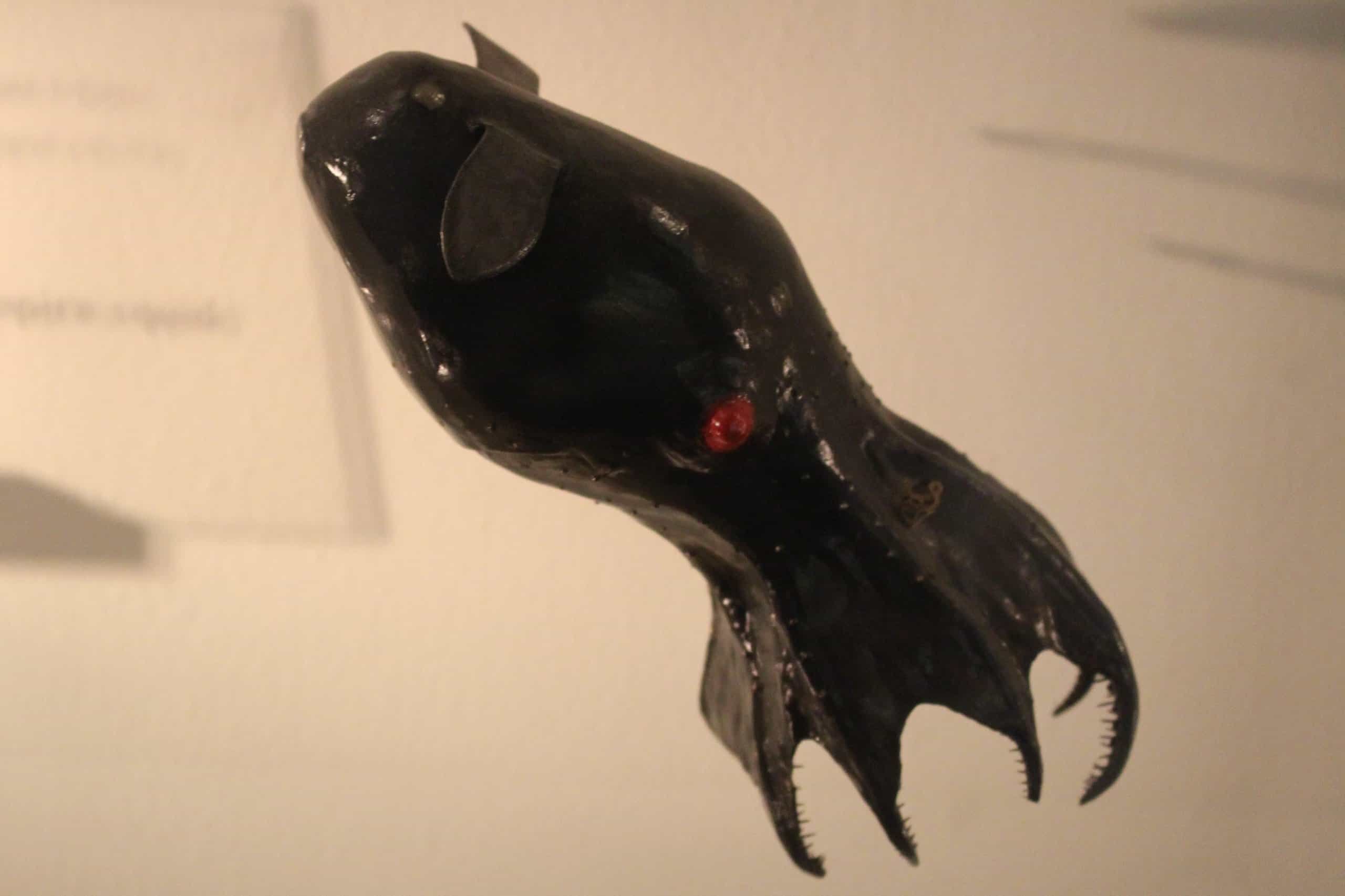

Once the new pair reaches a functional size, the original pair is reabsorbed. At about 15-25 mm mantle length, juvenile V.infernalis begin to grow a second set of fins located more anteriorly (toward the arms) than the first pair. However, a careful anatomical study has shown that the filaments are innervated very differently than are the arms, suggesting that they are uniquely derived (Young, 1967).Īnother unique aspect of the biology of Vampyroteuthis infernalis is the dramatic metamorphosis that results in changes in the size, shape and position of the fins. The filaments were originally believed to be modified arms. If a prey animal makes contact with the filament, the vampire squid swims in a sweeping arc to the point where contact was made in hopes of catching the intruder. The vampire squid deploys its filaments one at a time, drifting for several moments after deployment. These filaments are believed to be used for finding food in the dark deep sea (Hunt, 1996). The vampire squid has much in common with both squids and octopuses but it was placed in its own Order, the Vampyromorpha, based on the presence of sensory filaments. infernalis' high affinity hemocyanin allows it to carry out its routine functions without the use of anaerobic metabolism. In conjunction with its very low metabolic rate and relatively high gill surface areas (Madan and Wells, 1995 Seibel and Childress, 1996), V. It has a hemocyanin (respiratory blood pigment) that binds oxygen extremely effectively (Seibel et al., 1999). V.infernalis accomplishes its extraordinary tolerance of low oxygen by being especially effective at removing oxygen from the water. Most cephalopods are unable to withstand oxygen levels below about 50% of air saturation and only a few, such as Nautilus, can tolerate oxygen as low as 20% (Seibel et al., 1999 Wells and Wells, 1995). infernalis' restriction to low oxygen habitats. Pickford (1936) coined the term "oligoaerobic" (oligo = a few aerobic = oxygen) to describe V.
:max_bytes(150000):strip_icc()/animal-portrait-of-a-bigfin-reef-squid--sorong--west-papua--indonesia-661796909-5aef6d8c3418c600385405bb.jpg)
Oxygen levels in the OML in some regions are less than 5% of air saturation (0.25ml O2/l). tidal pools), OML's are stable over very long periods of time (1000's of years). In contrast to other low oxygen habitats (i.e. OML's greatly influence species distributions throughout the world. Oxygen minimum layers are pelagic habitats with continously low oxygen levels at midwater depths (400-1000 meters, depending on location) over vast areas. infernalis is the only cephalopod that lives its entire life cycle in the core of the oxygen minimum layer (OML). Vampyroteuthis infernalis, the vampire squid from hell, is a cephalopod that lives in the oxygen minimum layer (600-800 m depth) throughout the world's temperate and tropical oceans. Vampyroteuthis infernalis, Deep-sea Vampire squid << Cephalopod Species Vampyroteuthis infernalis, Deep-sea Vampire squid - The Cephalopod Page


 0 kommentar(er)
0 kommentar(er)
